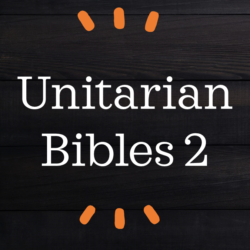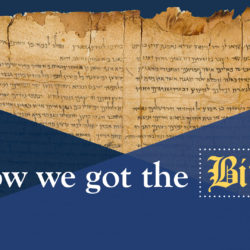355 Unitarian Bible Translations 2 (Jerry Wierwille)
Last time we reviewed six unitarian Bible translations, covering some basic information about where each came from and their overall strategy for translation. Today, we’re going to analyze how they translate three key texts, including Philippians 2.6, John 1.1-3, and John 8.58. Our goal is to measure these translations against what the Greek says as Read more about 355 Unitarian Bible Translations 2 (Jerry Wierwille)[…]




